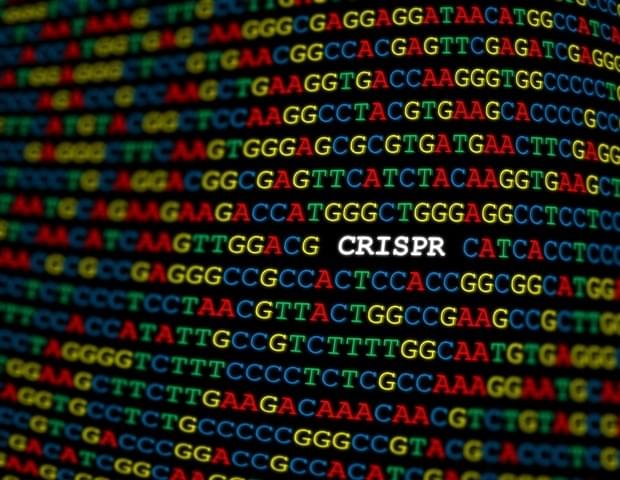In recent years, the scientific community has made significant strides in the field of gene editing, particularly through the development of the CRISPR (Clustered Regularly Interspaced Short Palindromic Repeats) systems. In 2020, the Nobel Prize in Chemistry was awarded to the scientists for the discovery of CRISPR–Cas9 system, a revolutionary genome editing technology that advanced DNA therapeutics. Subsequently, the CRISPR–Cas13 system has emerged as a potential tool to identify and rectify errors in RNA sequences. CRISPR–Cas13 is a novel technology is specifically engineered for virus detection and RNA-targeted therapeutics. The CRISPR RNA (CrRNA) targets specific and non-specific RNA sequences, and Cas13 is an effector protein that undergoes conformational changes and cleaves the target RNA. This RNA-targeting system holds tremendous promise for therapeutics and presents a revolutionary tool in the landscape of molecular biology.
Now, in a recently published BioDesign Research study, a team of researchers led by Professor Yuan Yao from ZJU-Hangzhou Global Scientific and Technological Innovation Center, Zhejiang University, China has elucidated the latest research trends of CRISPR–Cas13 in RNA-targeted therapies. Talking about this paper, which was published online on 6 September 2024, in Volume 6 of the journal, Prof. Yao says, “By focusing on RNA-;the intermediary between DNA and proteins-;CRISPR-Cas13 allows scientists to temporarily manipulate gene expression without inducing permanent changes to the genome. This flexibility makes it a safer option in scenarios where genome stability is critical.”
RNA plays a central role in carrying genetic information from DNA to protein-synthesizing machinery, and also regulates gene expression and participates in numerous cellular processes. Defects in RNA splicing or mutations can lead to a wide variety of diseases, ranging from metabolic disorders to cancer. A point mutation occurs when a single nucleotide is erroneously inserted, deleted, or changed. CRISPR–Cas13 plays a role in identifying and correcting these mutations by employing REPAIR (RNA editing for programmable A-to-I replacement) and RESCUE (RNA editing for specific C-to-U exchange) mechanisms. Explaining the applications of Cas13-based gene editors, Prof. Yao adds, “The mxABE editor, for example, can be used to correct a nonsense mutation linked with Duchenne muscular dystrophy that can be corrected with mxABE. This approach has proved high editing efficiency, restoring dystrophin expression to levels more than 50% of those of the wild type.”
